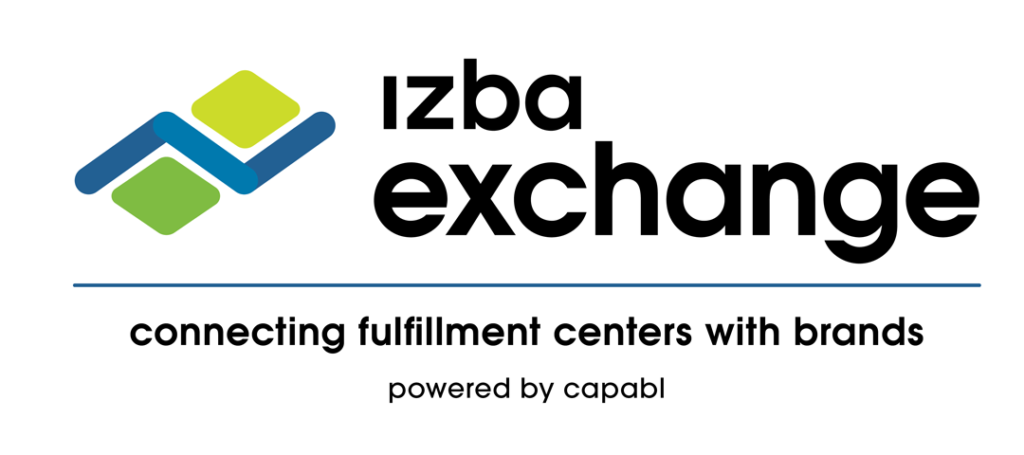Everyone wants more. More customers, more funding, more time. But here’s the paradox: too much of everything can actually hinder our progress and lead to complacency and inefficiency. By embracing a scarcity mindset, we can harness the power of focus, prioritization, and gratitude to achieve remarkable success.
The Paradox of Abundance: The Dangers of Unlimited Resources
Imagine a company with unlimited resources, where the budget knows no bounds and the possibilities seem endless. Sounds like a dream come true, right? Well, not quite. History will tell you, such abundance can breed complacency and a lack of urgency. When there are no constraints or deadlines, it’s easy to lose sight of what truly matters and become bogged down in bureaucracy and inefficiency.
A classic example of those who “had it all” were American car manufacturers in the mid 20th century. Following WWII, US manufacturing dictated that factories produce as much as possible in order to keep efficiencies up. To avoid the risk of putting a line down, the doctrine encouraged producers to hold lots of inventory.
This was only possible because the US had a strong and stable currency with ample credit, a well trained workforce, near limitless natural resources, ample physical space to hold everything, and an unquestioning belief that consumers would be there to purchase whatever they made.
In contrast, the Japanese auto industry had none of these advantages. Decades long double digit inflation ate up most of the available credit and physical space constraints further discouraged Japanese manufacturers from producing cars substantially beyond what consumers were ready to purchase. With limited access to raw material resources and capital constraints, Japanese manufacturers optimized resource utilization, adopted a customer-centric mindset, and embraced mass customization.
The result was the creation of Just-in-Time (JIT) production which revolutionized manufacturing theory around the world. It’s unlikely that this radical (and superior) approach would have been born out of an environment of abundance.
Scarcity Forces Prioritization
I heard a story once of a man who knew he had a leaky water heater that needed to be replaced. He could never seem to find the time to schedule an appointment or do the work himself and the water heater was always in the back of his mind and it sat on his to-do list to take care of for months.
One morning the water heater burst and flooded the man’s basement. As a result the man called off work, hired a professional, and installed a new water heater the same day.
The reality is that the water heater had always needed replacing and the man didn’t suddenly get more time. He still had the same work and family obligations. The only difference was that his priorities changed.
One of the key benefits in developing a scarcity mindset is forced prioritization. When we value our time as a precious commodity we are more careful about what we spend it on. We become more adept at identifying the activities and projects that align with our core goals and saying no to distractions that may seem appealing but don’t contribute to our ultimate vision. It’s about ruthlessly allocating resources to high-value endeavors and making trade-offs for long-term success.
Resource optimization is another crucial aspect of a scarcity mindset. Instead of chasing every shiny opportunity, it’s about maximizing the use of limited resources for optimal results. It’s about being strategic in your decisions, leveraging what you have to create the most value in the shortest amount of time. It involves consciously saying no to good ideas in service of better ideas.
Innovation is the natural outcome of a scarcity mindset. When we are forced to work with limited means, necessity becomes the mother of invention. We are compelled to think creatively, find innovative solutions, and challenge the status quo. Scarcity breeds ingenuity.
The Role of Gratitude: Appreciating the Value of Scarcity
Gratitude plays a vital role in cultivating and embracing a scarcity mindset. It’s about appreciating the value of what you have, rather than yearning for what you lack. When we adopt an attitude of gratitude, we develop a deeper sense of contentment and focus on extracting maximum value from our limited resources.
Gratitude enhances decision-making. It helps us recognize the true worth of each opportunity, customer, and dollar spent. It reminds us to make every interaction count and derive value from even the smallest transactions. Imagine if you already knew all of the customers you were ever going to have- how would you treat each interaction? By being grateful for every customer and every opportunity, we can make the most of what we have.
Learning to say No to Good Opportunities
I once read a study that measured obesity and with those who grew up with food insecurity. The surprising conclusion was that food insecurity as a child correlated to higher obesity rates as an adult.
At first glance you might expect that those who were always surrounded by food would have a higher risk of obesity, but the researchers hypothesized that food insecure people developed a higher tendency to overeating and binge eating as well as finishing everything on their plate past the point when they were full.
A similar relationship exists with opportunity insecurity. A business or leader who chases every new idea that enters their mind will find themself with dozens of half completed projects and reactivity that leads to mediocrity. These types of leaders inherently act as if they won’t have good ideas in the future and can tend to metaphorically overeat. The fear of missing out (FOMO) becomes a central aspect of their strategy. Contrast that with a leader who is secure enough in their future prospects to consciously say no to good ideas in order to say yes to great ones even if it means missing out every now and then.
The key in developing a scarcity mindset is to overcome this fear and say no to opportunities that don’t align with your priorities. It’s about being discerning and selective, choosing the options that will yield the greatest returns in the shortest time. It’s about having the courage to make the tough choices and prioritize our limited resources for maximum impact.
Conclusion: Thriving in a World of Scarcity
In a world that often celebrates abundance and excess, the scarcity mindset provides us with the tools to thrive. By embracing scarcity, we can develop a laser-sharp focus, maximize our resources, and foster a culture of innovation and gratitude.
Amazon, despite being a billion-dollar company, ingrained a culture of frugality and a relentless customer focus. From using doors as desks in their early days to constantly finding ways to reduce costs, they exemplify the scarcity mindset. This was a conscious cultural decision to make sure that the focus of the company remained on the end consumer (and how they could deliver lower costs to that consumer).
Walmart, known for its simple and efficient operations, has thrived by adhering to a scarcity mindset. Even as a retail giant, their headquarters remain surprisingly plain and simple. Some would say downright boring. They value the customer above all else and have built an empire based on delivering value while keeping costs low.
Let’s shift our mindset from one of abundance to one of scarcity, not as a limitation, but as a catalyst for growth and success. By embracing scarcity either in time or funds or both, you can unlock superior results.







1 thought on “The Scarcity Advantage: Why having Less can Actually help you end up with More”
Aaron, great blend of philosophy and business advice!